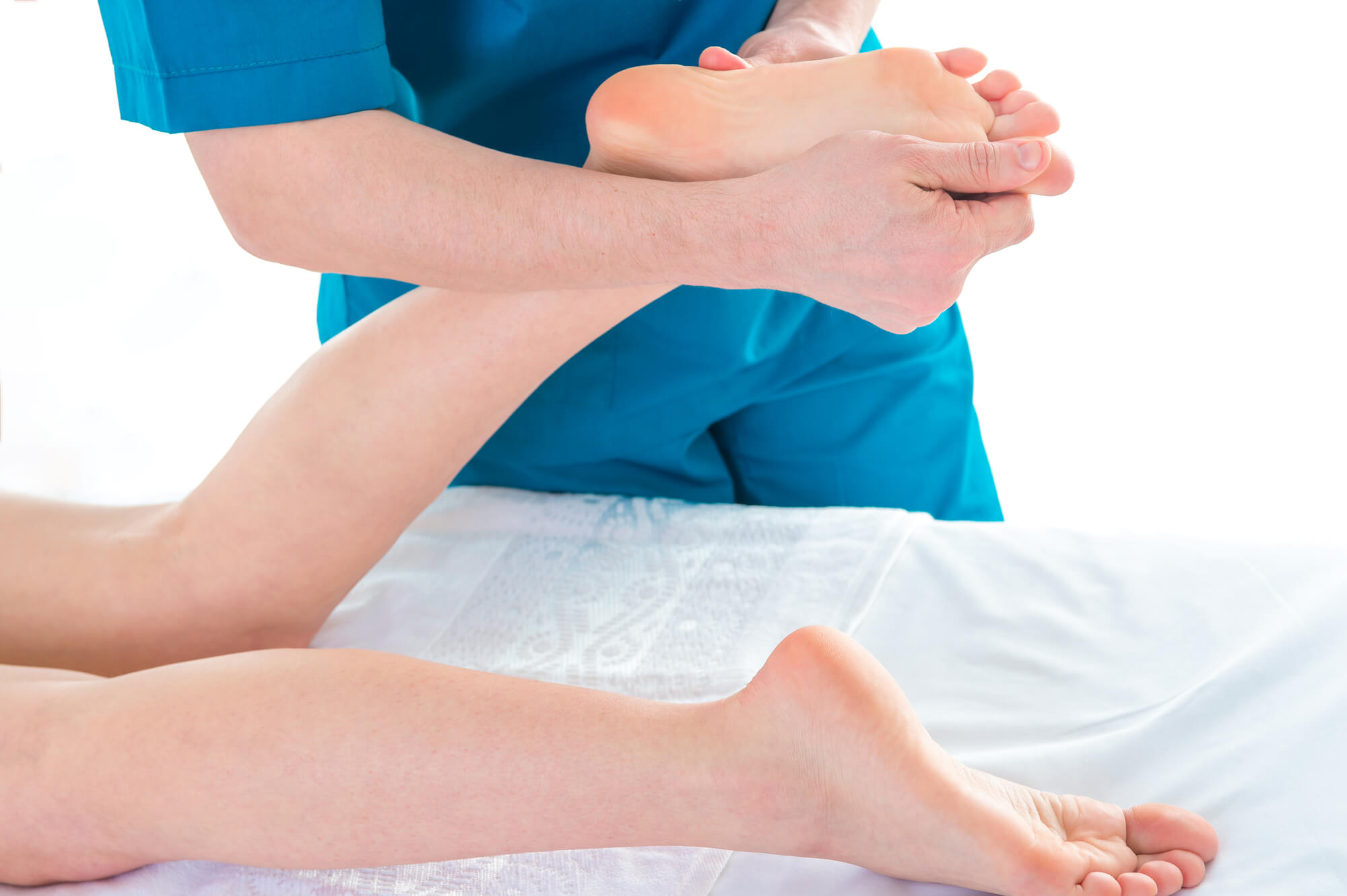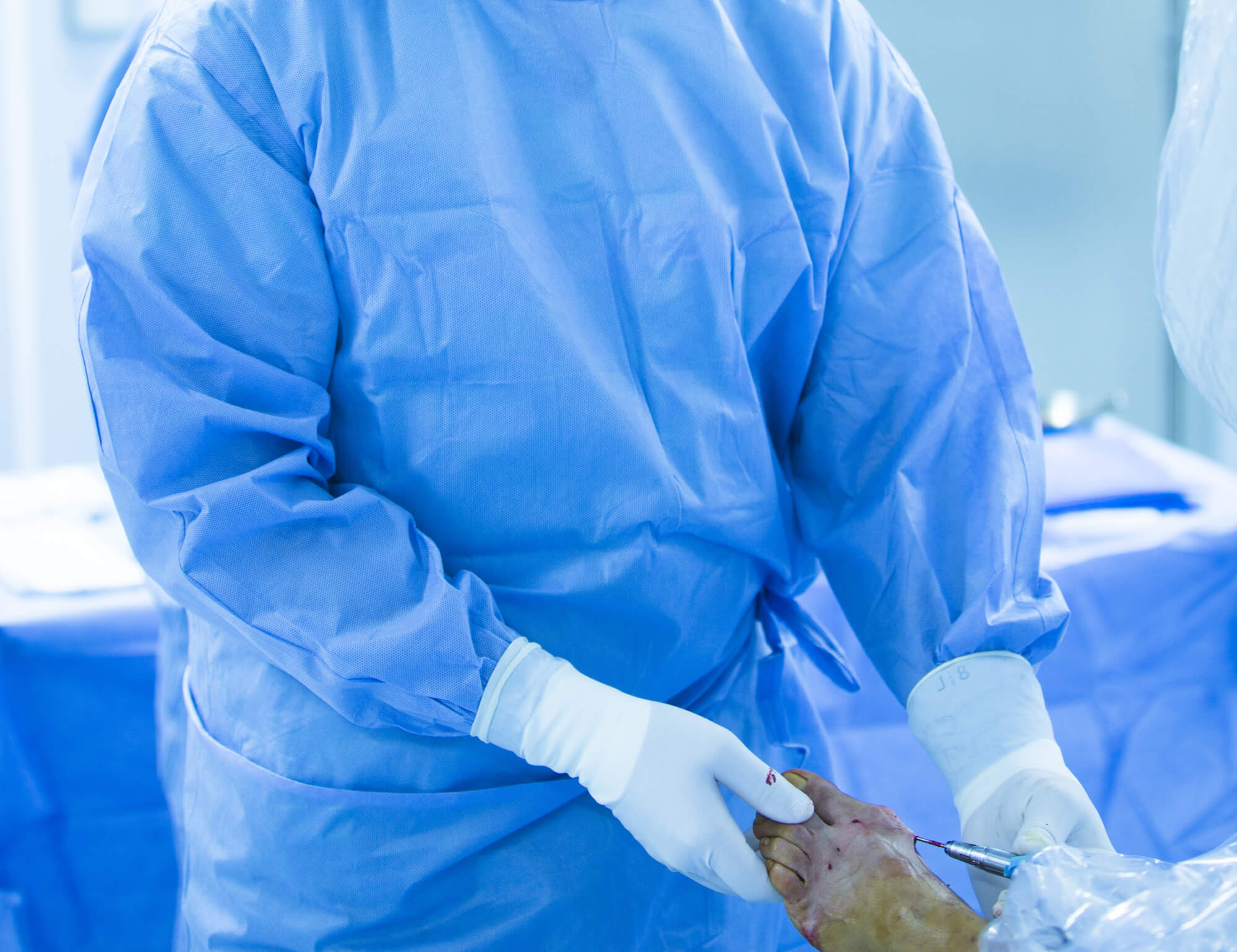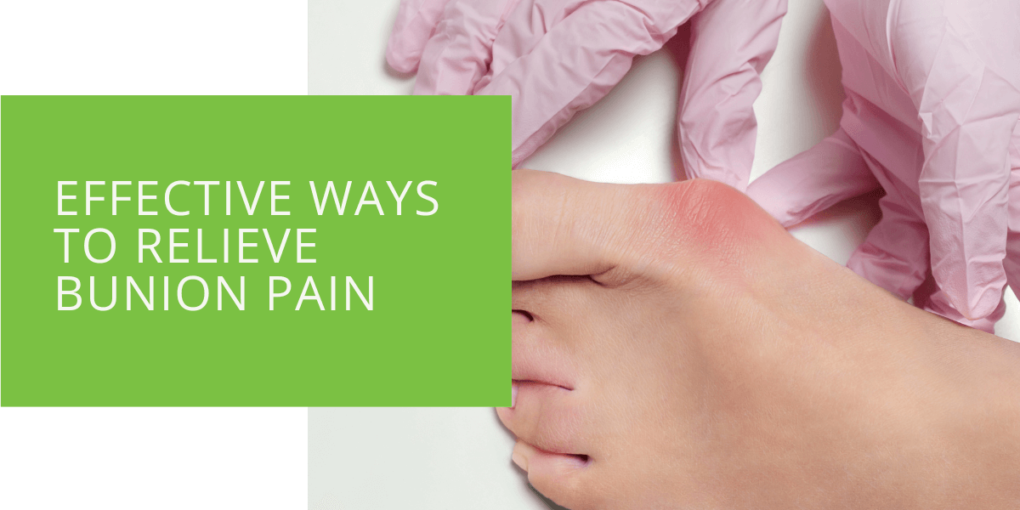Effective Ways to Relieve Bunion Pain
Bunions are a common foot problem that can cause significant pain and discomfort. A bunion is a bony bump that forms on the joint at the base of your big toe. This bump is caused by the shifting of the big toe joint and the bones in the foot, leading to a deformity called hallux valgus. This condition can lead to inflammation, pain, and difficulty walking. Many seek ways to relieve bunion pain without surgery, and several options are available.
Non-surgical Treatment Options
Footwear
The right footwear can make a big difference in managing bunion pain. Wearing shoes that are too tight or have high heels can aggravate the bunion and worsen the pain. To prevent your bunion from getting worse, it is essential to choose shoes that fit well and have a wide toe box.
Flat shoes with a low heel and a wide toe box are the best options for people with bunions. Avoid shoes with a pointy toe or a narrow toe box, as they can put pressure on the bunion.
It is also important to look for shoes that provide good arch support and cushioning, as these can help to reduce the pressure on the bunion. Many podiatrists recommend shoe inserts or orthotics to help alleviate bunion pain.

Orthotics
Orthotics are special shoe inserts that can help to redistribute the pressure on the foot, which can help to alleviate bunion pain. These inserts can be custom-made by a podiatrist to fit the shape of your feet and support the areas that need it most.
Over-the-counter orthotics can also be purchased at most drugstores. They are designed to fit into your shoe and provide support to the arch and heel of the foot, which can help to reduce the pressure on the bunion.
Padding and Taping
Padding and taping are other ways to alleviate bunion pain without surgery. Padding can help to cushion the bunion and reduce the pressure on the joint. Taping can help to stabilize the joint and realign the toe.
Bunion pads can be purchased over the counter and placed inside the shoe to provide additional cushioning. These pads can be made of gel, foam, or moleskin and can help to reduce pain and discomfort.
Physical Therapy
Physical therapy can also help to alleviate bunion pain. Exercises targeting the muscles in the foot and ankle can help improve the foot's flexibility and strength, reducing the pressure on the bunion.
Exercises such as stretching, strengthening, and range-of-motion can help alleviate bunion pain. These exercises can be done at home, and a podiatrist can recommend a specific exercise plan tailored to your needs.

Surgical Treatment Options
Bunionectomy
In some cases, surgery may be necessary to alleviate bunion pain. Bunionectomy is a surgical procedure that involves removing the bony bump and realigning the big toe joint. This procedure can help alleviate pain, improve the foot's shape, and increase mobility.
The recovery time for bunion surgery can vary depending on the type of procedure and the individual's overall health. Generally, it takes several weeks to recover from bunion surgery fully. The patient must wear a special boot or cast to protect the foot and keep the big toe in the proper position. Physical therapy may also be required to help regain strength and range of motion in the foot.
It's important to note that surgery carries some risks and possible complications, so it's important to consult with a podiatrist to understand the potential benefits and risks before making a decision.

Other surgical options
In addition to bunionectomy, other surgical procedures can be used to treat bunions. For example, an osteotomy is a procedure that involves cutting and realigning the bone to correct the deformity. An arthrodesis is a procedure that involves fusing the joint to correct the deformity.
Each surgical procedure has its benefits and risks, so it's important to consult with a podiatrist to determine the best option for you.
Conclusion
Bunions can be painful and debilitating, but there are several ways to alleviate bunion pain without surgery. Choosing the right footwear, using orthotics, padding, taping, and physical therapy can all help to reduce pain and improve mobility. Surgery is only recommended for severe cases, and it's important to consult with a podiatrist to understand surgery's potential benefits and risks.
If you are experiencing bunion pain, it's important to seek professional help from a podiatrist. A podiatrist can provide a proper diagnosis and recommend an appropriate treatment plan that will help to alleviate your bunion pain.
In addition to the above-mentioned steps, taking over-the-counter pain relievers such as ibuprofen and applying an ice pack to the bunion can help alleviate pain and inflammation.
Remember that, in some cases, bunions can also develop on the second toe, so it's important to have any foot and ankle problems evaluated by a podiatrist. Proper diagnosis and treatment can alleviate bunion pain and improve your overall quality of life.

